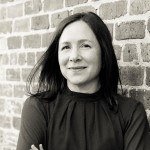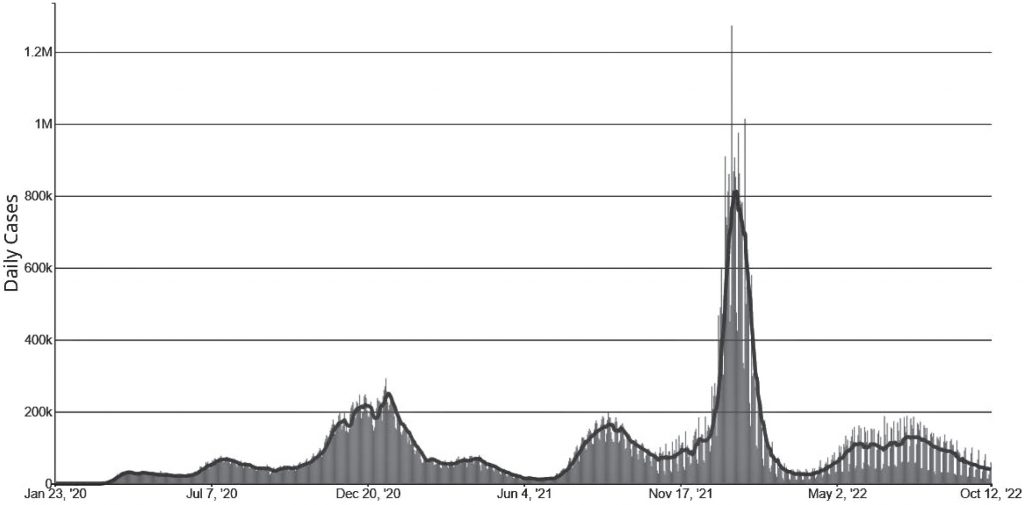Duke team wins top prize in mathematical modeling contest

Of all the math competitions for college students, the annual Mathematical Contest in Modeling (MCM) is one of the biggest. And this year, Duke’s team took home a coveted top prize.
Undergraduates Erik Novak, ’24, Nicolas Salazar, ’23, and Enzo Moraes Mescall, ’24, represented the Blue Devils at this year’s contest, a grueling 4-day event where teams of undergraduates use their mathematical modeling skills to solve a real-world problem. The results are finally in, and the Duke team was chosen as one of the top 22 outstanding winners out of more than 11,200 teams worldwide.
Their task: to analyze some of the challenges facing a nature reserve in Kenya known as the Maasai Mara. This region is named for the local Maasai people, a tribe of semi-nomadic people who make a living by herding cattle. It’s also teeming with wildlife. Each year, more than a million wildebeests, zebras and gazelles travel in a loop from neighboring Tanzania into Kenya’s Maasai Mara Reserve and back, following the seasonal rains in search of fresh grass to eat.
Some 300,000 safari-goers also flock to the area to witness the massive migration, making it a major player in Kenya’s billion-dollar tourism industry. But protecting and managing the land for the benefit of both wildlife and people is a delicate balancing act.
The reserve relies on tourism revenue to protect the animals that live there. If tourism slumps — due to political unrest in Kenya, or the COVID-19 pandemic — desperate communities living around the park resort to poaching to get by, threatening the very wildlife that tourism depends on.
Poachers aren’t the only problem: wild animals such as lions, leopards and elephants sometimes venture into human settlements in search of food. Conservationists must strike a balance between protecting these animals and managing the dangers they pose by raiding crops or killing valuable domestic livestock.
Tourism is a mixed blessing, too. While safari-goers bring money into the region, they can also disturb the animals and pollute the Mara River, and off-road drivers can erode the soil with their jeeps.
The mission facing the Duke team was to identify ways to mitigate such conflicts between wildlife and people.

This year’s contest ran over a single weekend in February. Camped out on the third floor of Perkins library, the team of three worked 12 hours a day, fueled by a steady supply of Red Bull and poke bowls. During that time, they built a model, came up with budget and policy recommendations, and wrote a 25-page report for the Kenyan Tourism and Wildlife Committee, all in less than 96 hours.
They built a mathematical model consisting of a system of six ordinary differential equations. According to the model’s predictions, they said, it should theoretically be possible to increase the reserve’s animal populations by about 25%, reduce environmental degradation by 20%, nearly eliminate retaliatory lion killings, and cut poaching rates in half — all while increasing the average yearly flow of tourists by 7.5%.
Participating in a smaller-but-similar contest last fall, the Triangle Competition in Mathematical Modeling, helped them prepare. “It’s kind of like a practice for the MCM,” Salazar said.

“They did not win that contest, but they took everything they learned and look what they did with it. I’m very proud,” said assistant professor of mathematics and biology Veronica Ciocanel, who coached the team and co-organized the Triangle competition.
In addition to finishing in the top 0.1% of competitors, the Duke team got three additional awards for their performance; the Mathematical Association of America (MAA) award, the Society for Industrial and Applied Mathematics (SIAM) prize, and an International COMAP Scholarship Award of $10,000.
The problems in these contests tend to be much more open-ended than typical coursework. “We didn’t know what the solution was supposed to be or what tools to use,” Novak said.
Modeling, computation and coding skills are certainly important, Ciocanel said. “But really what matters more is practice, teamwork, and communicating their results in a written report. Students who have a solid course background don’t need to do anything else to prepare, they just need to be creative about using what they know from the courses they already took.”
“Use what you have and work well together,” Ciocanel said. “That I think is the most important thing.”




